As a pet owner, I understand the importance of keeping our furry friends happy and entertained. Small pets, such as cats and dogs, can experience boredom and separation anxiety when left alone for long periods of time. This can lead to destructive behaviors and negatively impact their well-being. That’s why toys play a crucial role in preventing boredom and providing mental stimulation for small pets.
Key Takeaways:
- Enrichment toys and puzzle games designed for small pets can help reduce stress and prevent unwanted behaviors caused by boredom.
- Interactive toys provide mental stimulation and physical engagement, promoting a healthier and happier pet.
- Choosing the right toys for your pet based on their size, chewing style, and age is essential for their safety and enjoyment.
- Incorporating daily walks, playtime, and training sessions along with toys can combat boredom and keep small pets engaged.
- Maintaining toy safety and regular cleaning ensures a safe and hygienic play environment for your pet.
The Benefits of Enrichment Toys for Dogs and Cats
Enrichment toys play a crucial role in keeping our dogs and cats engaged, entertained, and mentally stimulated. They provide numerous benefits for our furry friends, helping to reduce anxiety, prevent destructive behaviors, and promote overall well-being.
Mental Stimulation and Engagement
Enrichment toys offer mental challenges that keep our pets’ minds sharp and engaged. They provide opportunities for problem-solving, critical thinking, and creativity. Dogs and cats love the challenge of figuring out how to access treats or rewards hidden within the toy. This mental stimulation helps prevent boredom and enhances their cognitive abilities.
For dogs, interactive toys stimulate their natural hunting instincts. Toys that require them to manipulate or move objects help satisfy their need for mental and physical engagement. These toys not only provide entertainment but also help prevent behavioral problems caused by boredom or pent-up energy.
Cats, on the other hand, benefit from puzzle toys that mimic their natural hunting behaviors. These toys tap into their predatory instincts, providing mental exercise and satisfaction. Interactive puzzle toys encourage cats to problem-solve and stay active, preventing behavioral issues and promoting a healthier lifestyle.
Reduction of Anxiety and Stress
Enrichment toys are effective tools for reducing anxiety and stress in dogs and cats. The interactive nature of these toys helps distract pets from potential triggers that may cause anxiety or fear. By redirecting their attention and providing a positive outlet for energy, these toys help alleviate anxiety-related behaviors such as excessive barking, destructive chewing, or litter box issues.
For dogs, interactive toys can also aid in stress relief. Activities such as chewing on durable chew toys or playing with treat-dispensing toys help release endorphins and promote relaxation. These toys offer a healthy and safe way for dogs to channel their energy, reducing stress levels and promoting a calmer state of mind.
Physical Exercise and Weight Management
Enrichment toys not only provide mental stimulation but also encourage physical exercise for both dogs and cats. Dogs can benefit from toys that require physical interaction, such as retrieving or tossing. These activities help burn excess energy, support healthy weight management, and improve overall fitness.
Cats, although generally more independent, still need regular exercise to maintain a healthy weight and prevent obesity-related health issues. Puzzle toys that require them to bat, swat, and pounce on moving objects provide physical exercise and entertainment.
| Benefits of Enrichment Toys for Dogs | Benefits of Enrichment Toys for Cats |
|---|---|
| Provides mental stimulation and prevents boredom | Mimics natural hunting behaviors and provides mental exercise |
| Reduces anxiety and stress | Helps alleviate anxiety and prevents destructive behaviors |
| Offers physical exercise and aids in weight management | Encourages physical activity and prevents obesity |
Enrichment toys are essential tools in promoting the overall well-being of our beloved pets. Whether you have a dog or a cat, incorporating these toys into their daily routine can provide countless benefits, from mental stimulation to stress reduction and physical exercise.
Choosing the Right Toy for Your Pet
When it comes to selecting toys for your beloved pet, there are several factors to consider. The size, chewing style, and age of your pet play a crucial role in determining the right toy for them. By carefully choosing interactive toys that cater to their specific needs, you can ensure their entertainment and mental stimulation. Let’s explore some key considerations when selecting the perfect toy for your furry friend.
Size Does Matter
First and foremost, take into account the size of your pet. Larger dogs may require more durable toys that can withstand their strong chewing power, while smaller dogs and cats might prefer lightweight and easily maneuverable toys. Ensure that the toy you choose is neither too small to pose a choking hazard nor too big to hinder your pet’s ability to play comfortably.
Chewing Style
Understanding your pet’s chewing style is essential in selecting the right toy. Some pets are aggressive chewers, and they may require toys made of tougher materials or ones specifically designed for heavy chewers. Others may have a gentler chewing style and need softer toys to avoid any potential dental issues or injuries.
Pro Tip: Remember to regularly inspect your pet’s toys for signs of wear and tear, and replace them if necessary to ensure their safety during playtime.
Age-Appropriate Toys
Just like humans, pets have different developmental stages and age-specific needs. For puppies and kittens, look for toys that aid in teething relief and promote proper jaw development. Older pets may benefit from toys that provide mental stimulation and support their cognitive abilities. By choosing age-appropriate toys, you can engage your pet in play that suits their current stage of life.
Interactive and Engaging
Interactive toys are a fantastic way to keep your pet entertained and mentally stimulated. Consider toys that offer multiple activities, such as treat-dispensing toys, slow-feeders, or puzzle toys. These toys encourage your pet to work for their rewards, providing mental enrichment and preventing boredom during mealtime or play sessions.
Choosing the right toy for your pet is essential to their overall well-being and happiness. By considering their size, chewing style, and age, as well as opting for interactive and engaging toys, you can provide them with hours of entertainment and mental stimulation. Remember, a well-chosen toy can bring endless joy to your furry friend!
Strategies to Combat Boredom in Small Pets
In addition to toys, incorporating daily walks, playtime, and training sessions can help combat boredom in small pets. Dogs benefit from routine and various activities, such as clicker training and positive reinforcement. Cats can be entertained with sensory toys, bird feeders, and treasure hunts. Mixing up routines and providing new experiences can also prevent boredom.
Exercise plays a vital role in keeping small pets mentally and physically stimulated. Going on walks not only provides physical exercise but also gives pets the opportunity to explore new environments and engage with their surroundings. This helps prevent monotony and enhances their overall well-being.
“Regular exercise and mental stimulation are essential for the health and happiness of small pets.”
Playing with small pets is not only fun for them but also strengthens the bond between pets and their owners. Interactive toys, such as puzzle games and treat-dispensing toys, can keep pets engaged for longer periods. This not only combats boredom but also provides mental exercise and rewards, stimulating their problem-solving skills.
Training sessions are another excellent way to combat boredom and challenge small pets’ minds. Dogs, in particular, thrive on learning new commands and tricks. Incorporating positive reinforcement techniques, like clicker training, not only keeps their mind engaged but also increases their focus and obedience.
For cats, providing different sensory experiences can combat boredom effectively. Toys that mimic the movement of prey, such as feather wands and laser pointers, can engage their hunting instincts. Bird feeders placed near windows allow cats to observe and mentally stimulate themselves by watching birds and other wildlife.
Introducing treasure hunts for small pets can provide mental stimulation and excitement. Hide treats or toys around the house, encouraging pets to use their senses to find them. This adds an element of surprise and novelty to their daily routine, combatting boredom and keeping them entertained.
Benefits of Incorporating Strategies to Combat Boredom
By implementing these strategies to combat boredom, small pets can experience numerous benefits:
- Reduced stress levels
- Prevention of destructive behaviors
- Improved physical fitness
- Mental stimulation and increased problem-solving skills
- Stronger bond between pets and owners
Overall, by integrating daily walks, playtime, and training sessions, pet owners can ensure their small pets lead happy, healthy, and fulfilled lives.
| Benefits | Description |
|---|---|
| Reduced stress levels | Regular activity and mental stimulation help alleviate anxiety and promote relaxation in small pets. |
| Prevention of destructive behaviors | Engaging small pets in activities reduces the likelihood of destructive behaviors rooted in boredom or separation anxiety. |
| Improved physical fitness | Regular exercise, such as walks and playtime, contributes to the overall fitness and well-being of small pets. |
| Mental stimulation and increased problem-solving skills | Engaging pets with interactive toys and training exercises boosts their cognitive abilities and helps develop problem-solving skills. |
| Stronger bond between pets and owners | Interacting and engaging with pets through activities fosters a deeper connection and strengthens the bond between pets and their owners. |
Interactive Toy Safety and Maintenance
When it comes to interactive toys for your pets, safety should always be a top priority. Choosing toys made of non-toxic materials and ensuring their durability is crucial to prevent any harm or accidents. Here are some important tips to keep in mind:
- Choose safe and durable toys: Opt for toys that are specifically designed for your pet’s size and chewing habits. Look for labels or certifications indicating that the toys are made from safe materials, free from any harmful substances.
- Monitor excessive chewing: While interactive toys are meant to be chewed on, excessive chewing can pose a choking hazard or lead to dental problems. Keep an eye on your pet while they play and remove any damaged or worn-out toys immediately.
- Clean and wash regularly: Food-dispensing toys can become a breeding ground for bacteria if not cleaned regularly. Follow the manufacturer’s instructions on how to clean and sterilize the toy to keep it hygienic. This will not only prolong the toy’s lifespan but also ensure your pet’s safety.
- Avoid overfeeding treats: Some interactive toys dispense treats as a reward. While treats can be a great way to motivate your pet, it’s important to avoid overfeeding. Excessive treats can lead to weight gain and nutritional imbalances. Always maintain a balanced diet and consult with your veterinarian regarding the appropriate amount of treats for your pet.
By following these safety guidelines and practicing proper maintenance, you can ensure that your pet’s interactive toys provide them with endless hours of fun and stimulation without compromising their health and well-being.
Conclusion
In conclusion, toys play a crucial role in preventing boredom and promoting mental stimulation in small pets. These enrichment toys and interactive games provide a healthy outlet for their natural instincts, reducing stress and preventing destructive behaviors.
By incorporating a variety of toys and activities into their pets’ daily routines, pet owners can ensure that their furry companions lead happy and fulfilled lives. From puzzle toys that challenge their cognitive skills to interactive toys that satisfy their hunting instincts, the right toys can make all the difference in keeping pets engaged and entertained.
Moreover, toys not only provide physical and mental stimulation but also help create a strong bond between pets and their owners. Spending time together, playing with toys, and engaging in interactive games can strengthen the emotional connection and build trust.
So, whether you have a dog or a cat, investing in a range of appropriate toys is of utmost importance for your pet’s well-being. By preventing boredom and promoting mental activity, toys contribute significantly to the overall happiness and health of your furry friend.
FAQ
How can toys prevent boredom in small pets?
Toys provide mental stimulation and physical engagement for pets, reducing anxiety and preventing destructive behaviors. They offer different levels of difficulty and reward-based activities, keeping pets engaged and entertained.
What are the benefits of enrichment toys for dogs and cats?
Enrichment toys help with weight management, stress relief, and satisfy hunting instincts in dogs. They mimic natural hunting behaviors and provide mental exercise for cats.
How do I choose the right toy for my pet?
When selecting toys, consider your pet’s size, chewing style, and age. Choose toys that are appropriate for their abilities and provide the right level of challenge.
What strategies can I use to combat boredom in small pets?
Incorporate daily walks, playtime, and training sessions into your pet’s routine. Mix up routines and provide new experiences. Use sensory toys, bird feeders, and treasure hunts for cats. Clicker training and positive reinforcement can help entertain dogs.
How do I ensure the safety and maintenance of interactive toys?
Choose safe and durable toys made of non-toxic materials. Monitor your pet to prevent excessive chewing. Regularly clean and wash food-dispensing toys. Avoid overfeeding treats and maintain a balanced diet for your pet.

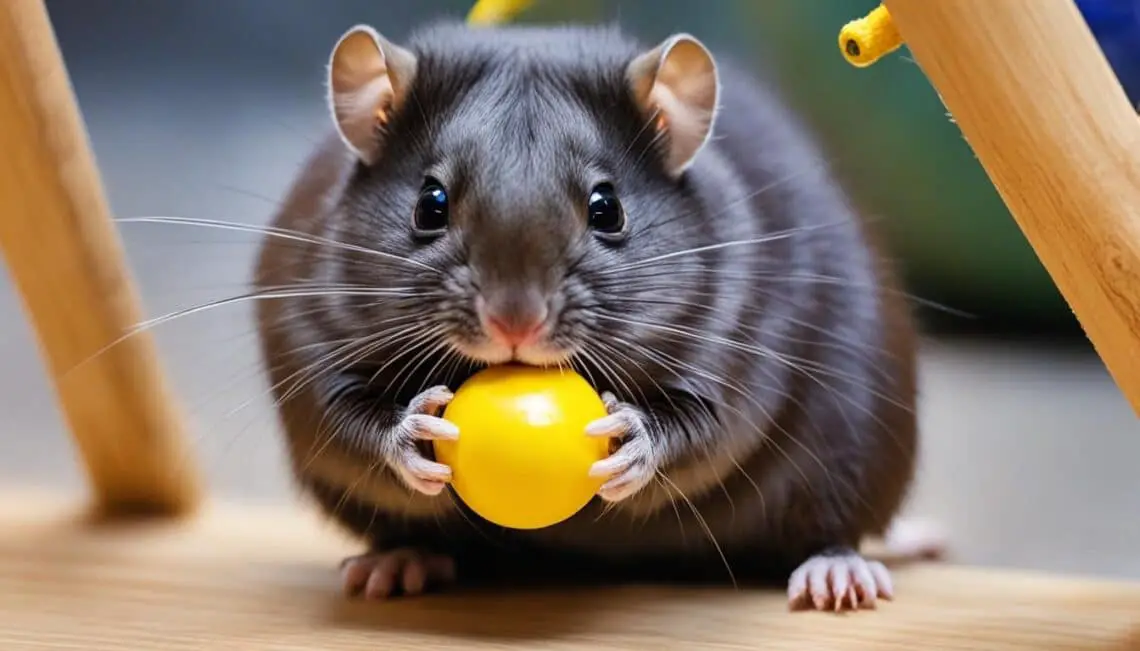
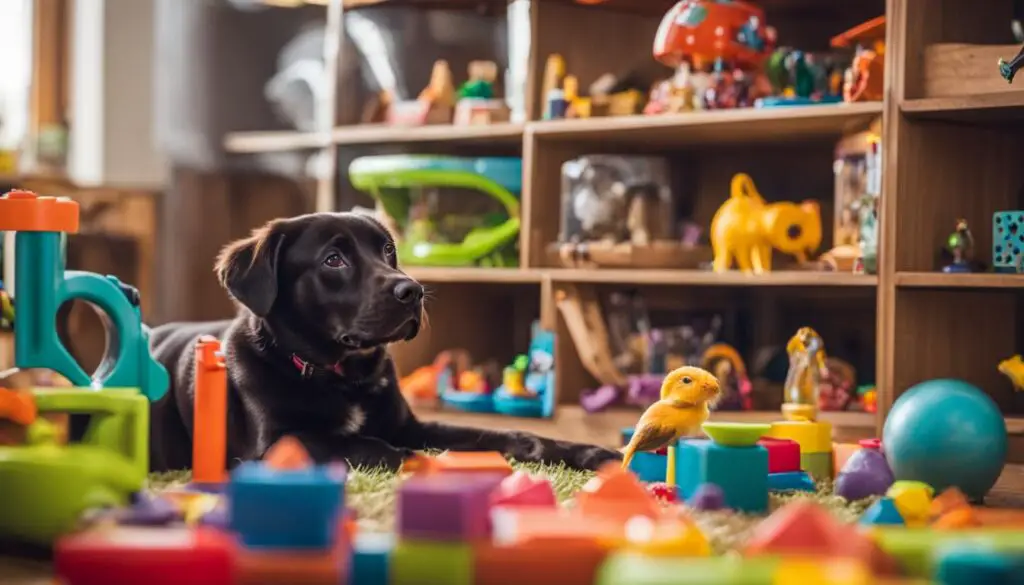
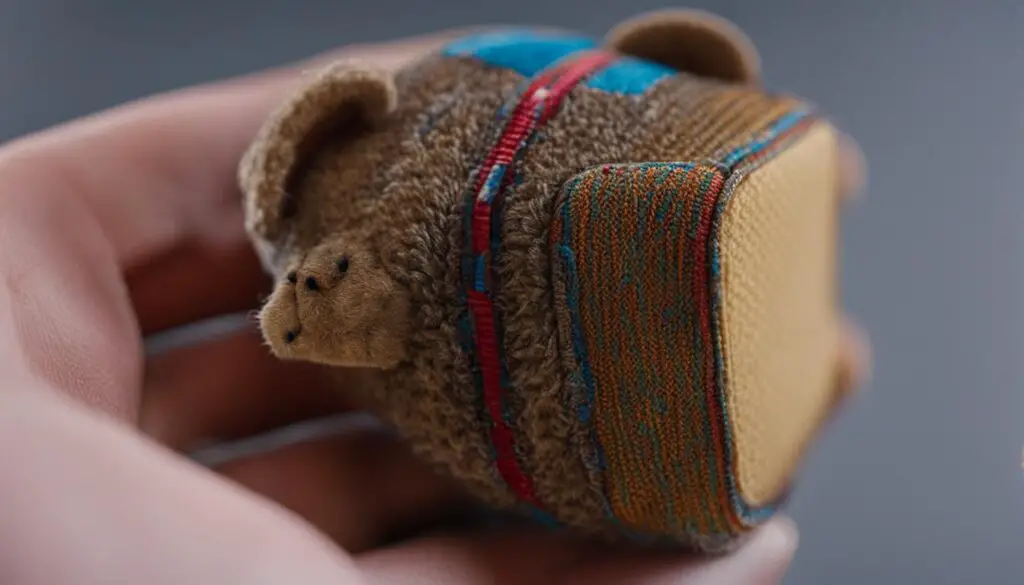

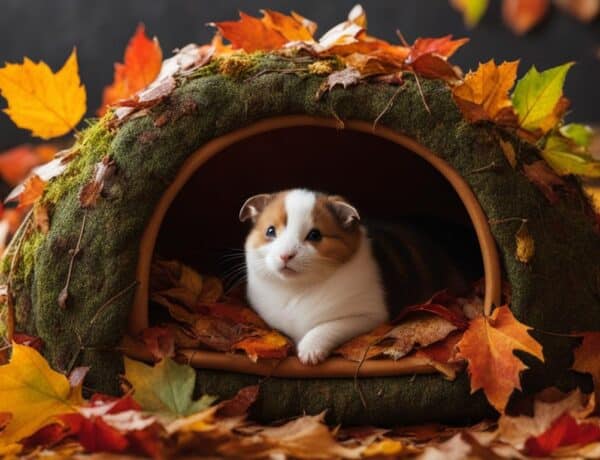
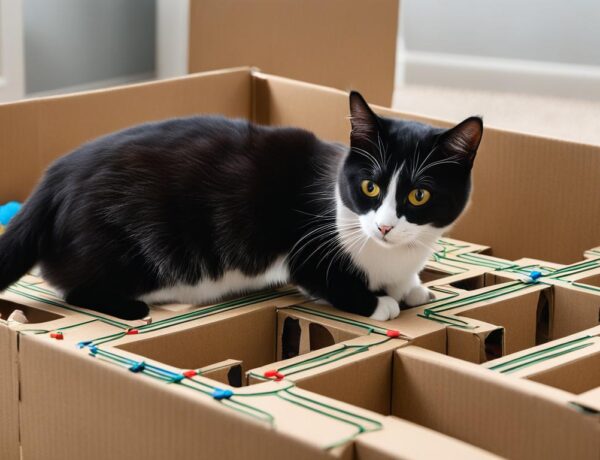
No Comments